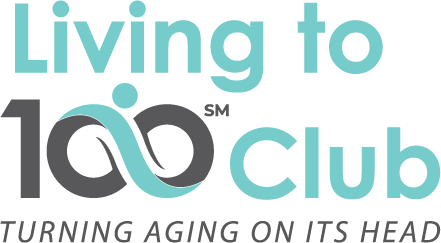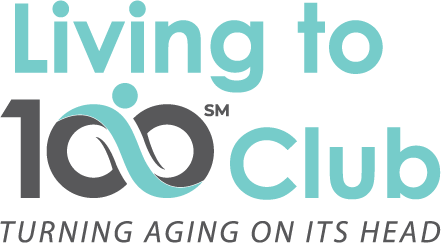Good intentions are rarely enough to help us reach our goals, whether to improve relationships, lose weight, exercise more, eliminate a bad habit, or finish that project that keeps getting postponed. Behavior change is difficult but possible. In an article in Greater Good, Christine Carter explains the process for getting better at achieving our goals. Here are some successful strategies to making those desired changes:
- Identify the personal reason for setting up this goal, ideally a goal that is emotionally meaningful and self-directed. The likelihood of success is increased when the goal is not directed by others.
- Create the long-term goal, what is envisioned, and the time frame for reaching success. Stating this long-term goal in measurable, objective terms makes it easier to identify success.
- Shift this long-term goal into smaller goals, making it easier to identify progress along the way.
- Break down these smaller goals into tiny, turtle steps. These show what I can do today or tomorrow. They are more than or different from what I was not doing yesterday.
- Use our environment to put the odds of success in our favor: e.g., keeping the supply of healthy snacks in the kitchen, not the chips and cookies.
- Share the goals with others, who can offer support (not coaching necessarily, or judgement).
- Re-define our self as someone who is now achieving this goal.
- Use rewards along the way to reinforce process of engaging in the desired behaviors.
Closing Reminders
Small successes are better than ambitious failures. Done is better than perfect. Realistic is better than sexy. And, behavior change is never easy, but always possible.
This article is referenced in the Living to 100 Club’s new publication: Better, Longer & Happier: A Guide to Aging with Purpose and Positivity. More information about this Guide can be found here: Livingto100.Club/BLH


